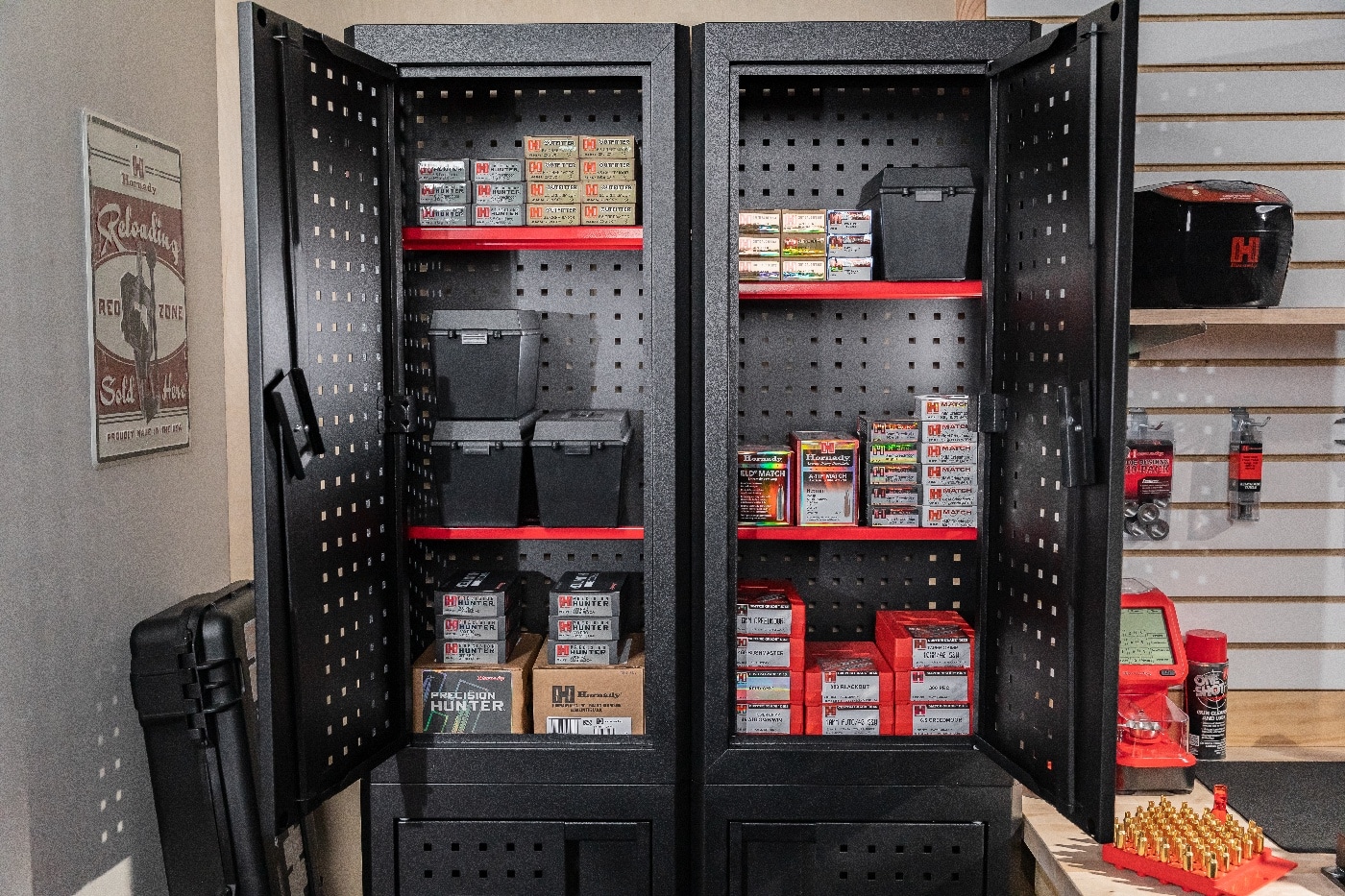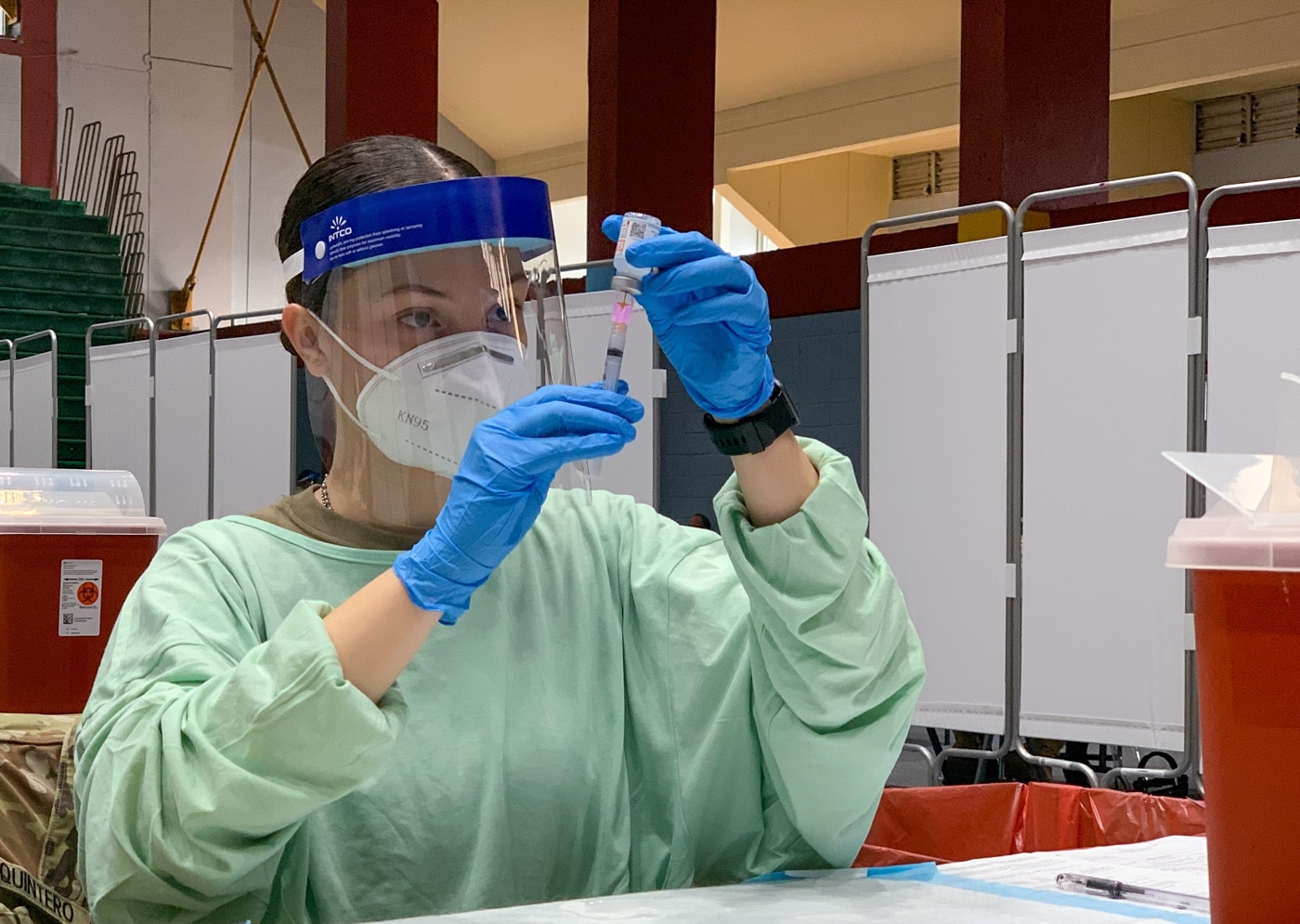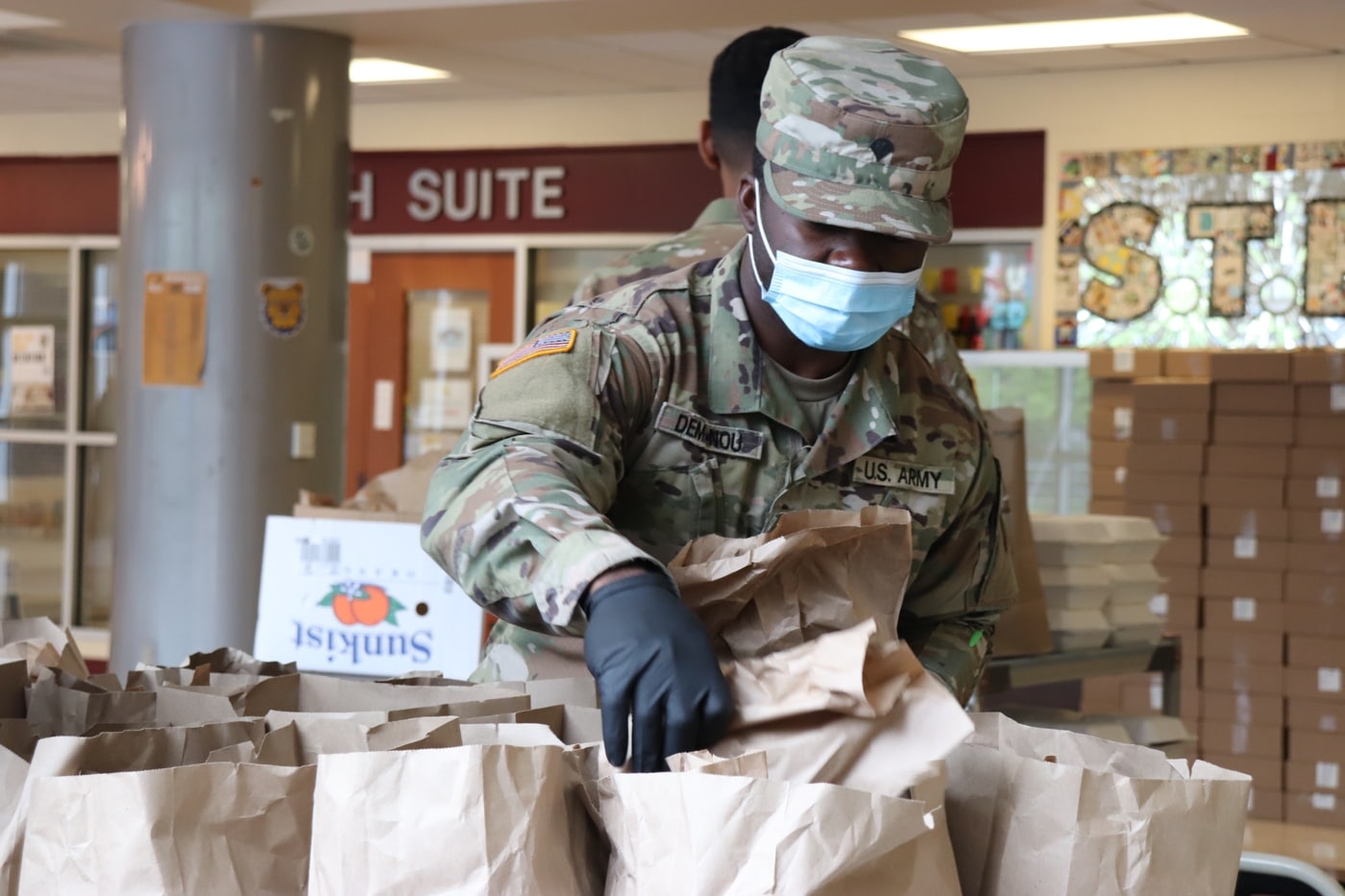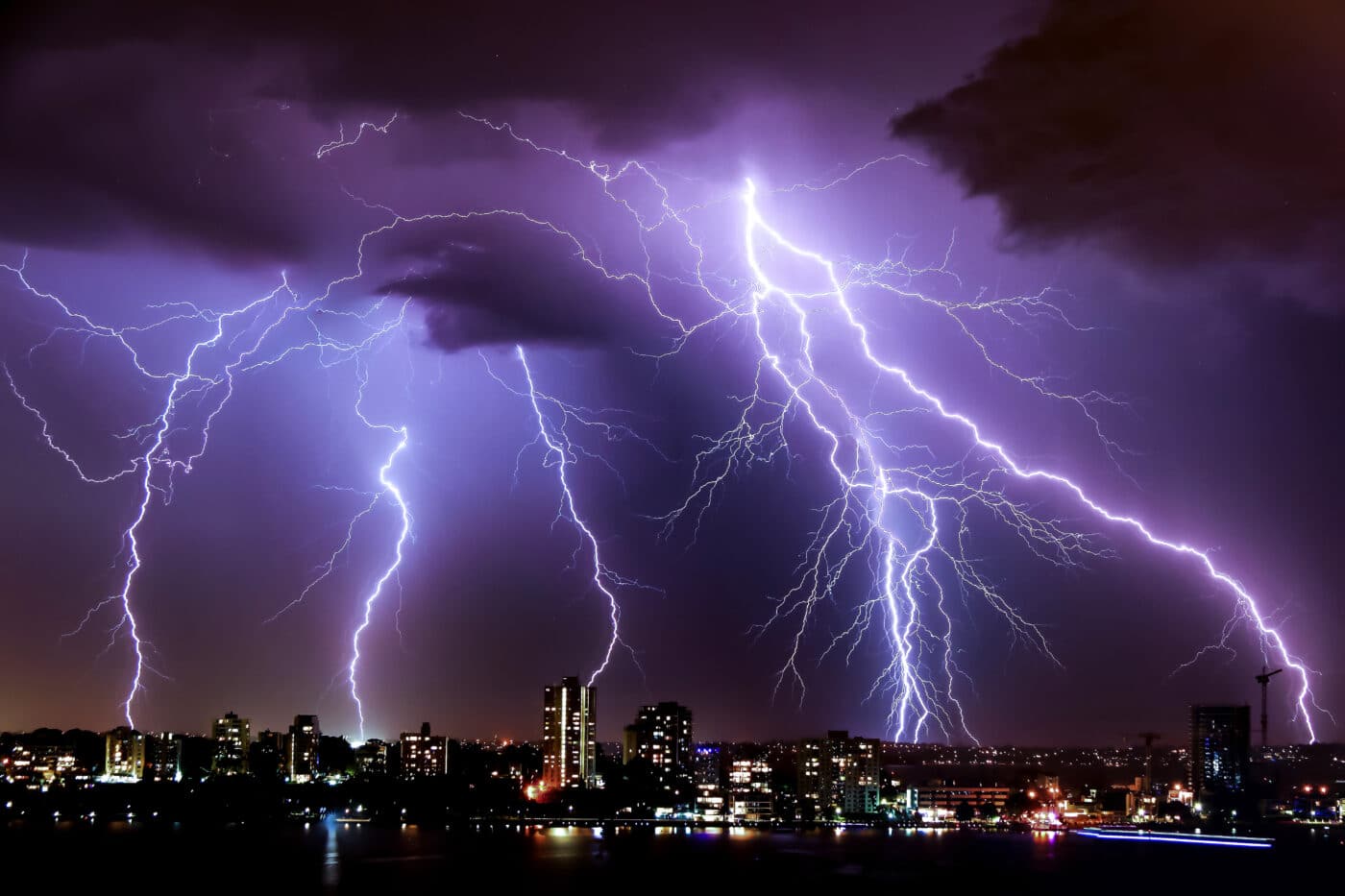Pandemic Prepping Lessons: What Did We Learn?
April 15th, 2024
5 minute read
It may seem hard to remember that just four years ago the country was essentially shut down after the World Health Organization (WHO) declared the global COVID-19 outbreak a pandemic on March 11, 2020. The U.S. Department of State issued a global Level 4 “Do Not Travel” health advisory, businesses were shuttered, children began remote learning, and at times it may have looked like the arrival of the end times. It seems in many ways like we are still paying the price for what happened then.

Unfortunately, COVID-19 is apparently here to stay as it has become endemic — much like the seasonal flu. We should remember that it could have been much worse. Upwards of 50 million people died between 1918 and 1920 from the “Spanish Flu” outbreak, and the mortality rate was estimated to be 10% to 20%.

Of course, even that deadly pandemic paled to the Black Death (1346-1353), which was as many as 200 million dying from Bubonic Plague across Europe, Africa, and Asia. So perhaps the greatest takeaway from our recent experience is that there were some very practical lessons we could learn from the COVID-19 outbreak.
Stocking Up
As Americans, we had long become accustomed to heading to the grocery store for our daily needs where there is almost always fresh produce, frozen vegetables, milk, meat and breakfast cereal. Large discount retailers including Costco, Sam’s Club, WalMart, and others also ensured us that we could buy what seemed to be enough water, soft drinks, and notably toilet paper to survive the apocalypse.
It was something to joke about, at least until it wasn’t.
Though grocery stores remained open, the shelves quickly became bare in the early days of the pandemic — oftentimes resembling scenes from an apocalyptic zombie film. A week’s supply of favorite snacks no longer was available, and families began to ration basic items. Who could have imagined months earlier that panic buying would mean you couldn’t find frozen pizza or enough toilet paper?

Even as the world settled into a new normal, supply chain disruption created further shortages of other goods. The summer of 2020 saw chlorine for swimming pools reaching the highest demand in years, while the price of building materials skyrocketed.
We were reminded that having a few cases of water shouldn’t be seen as overkill, and you can never have too many hand wipes. The old saying “hope for the best, and prepare for the worst” should remain true.
Hoarding, Demand and Ammunition
The year 2020 will be remembered not only for the pandemic but for the record gun sales. It saw more first-time gun buyers than at any point in recent history. The surge in gun sales in 2020 and early 2021 also resulted in a great ammunition shortage, where even common calibers including 9mm and .22 LR were in high demand. Firearms retailers couldn’t keep ammunition on store shelves and rationing.
Stories abound of how it impacted hunting season throughout 2021 and much of 2022, while some rural police forces were forced to limit the amount of range time for officers.

The lesson here is that you can’t have too much ammunition in reserve, and once again, hoarding will only drive up the prices for everyone. Maintaining a stockpile should be the order of the day — and not buying every box of 9mm as soon as it hits store shelves.
Check the Expiration Dates
As consumers became late-to-the-game preppers, there were certainly times when too many items were hoarded. Some goods, including fresh produce, can’t be easily frozen or otherwise preserved for the long haul. Even frozen items like those pizzas have a limited shelf life.
Dry goods like pasta, flour, and sugar can remain good for years. But other items will go bad. Tea and coffee don’t get better with age, so it is important to check the best use by and expiration dates and rotate the old items while replenishing the pantry.
The order of the day should always be about planning ahead.
Case in point: A freezer full of food might seem like a good idea — but summer thunderstorms aren’t playing nice with our aging power grid. While frozen foods can survive for a day or so when the power is out, some parts of the country have seen week-long or greater outages.
Alternate Power Sources
Those summer storms of 2021 that hit much of the Midwest as things were starting to return to normal may have spurred some to consider portable or perhaps even whole-house backup generators. These can ensure that a lengthy outage in summer heat doesn’t leave you with more than just spoiled milk!

But heading to Home Depot after the storm has passed means there will be greater demand than supply. Having the generator ready and waiting should be the course of action. Likewise, make sure if you’re planning on running the portable generator that you have the fuel to power it up.
That fuel should also be rotated. Even with fuel stabilizers, gasoline only stays good for so long. Better to keep a few cans of gas at the ready, which can rotated with the lawn mower, snow blower, and other items throughout the year so that the generator is given the freshest gasoline possible.
Next Time?
Perhaps the final lesson learned is that the world didn’t end. Memories of the pandemic are already fading, but it should remind us not to panic during the next outbreak, but also to be prepared. And this is always sound advice.
Editor’s Note: Please be sure to check out The Armory Life Forum, where you can comment about our daily articles, as well as just talk guns and gear. Click the “Go To Forum Thread” link below to jump in!
Join the Discussion
Continue Reading
Did you enjoy this article?

 285
285






